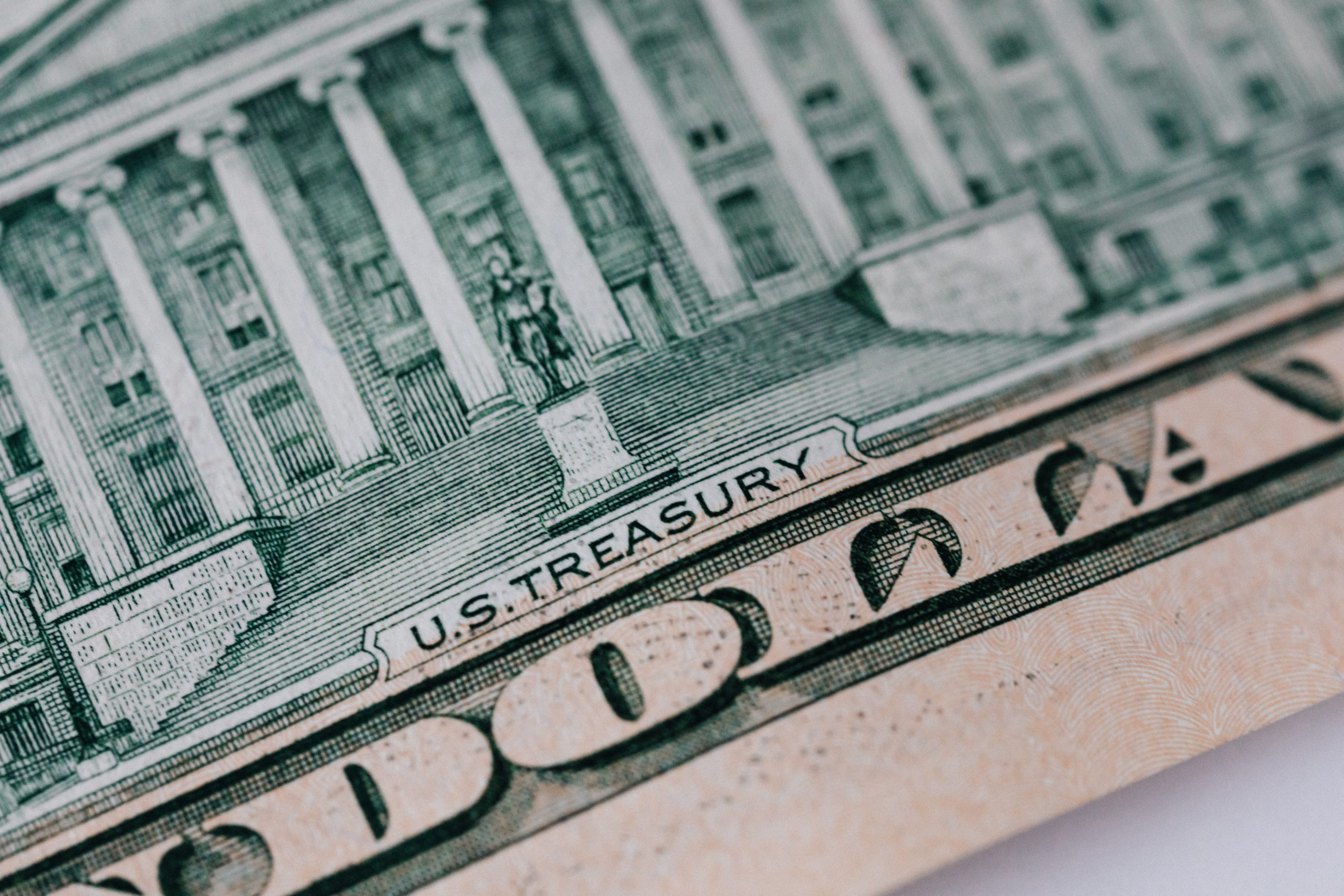For most of the last 15 years, savers have been penalized. In the aftermath of the global financial crisis in 2008, interest rates have been kept near 0% more than 60% of the time. This has meant that money market funds, bank accounts, Certificates of Deposit, and many types of bonds paid little or NO interest for several years.
Circumstances have dramatically changed since the beginning of 2022. To bring down inflation, interest rates have been rising steadily. Once all but irrelevant, treasury bonds quickly became an attractive investment option. At the beginning of 2022, the interest rate on one-year Treasury Bonds was 0.38%. Now the same bond yields around 5.4%!

What is a Treasury Bond?
A Treasury Bond is a debt instrument that allows investors to loan money to help fund government operations and receive interest in return.
They are available for different lengths of time:
- T-bills mature from 4 weeks to 1 year
- T-notes mature between 2 and 10 years
- T-bonds mature in 20 or 30 years
They’re relatively easy to obtain. You may purchase a Treasury Bond directly from the government or from investment companies. Groups of bonds may also be purchased together in a mutual fund or exchange traded fund (ETF).
What are the risks of Treasury Bonds?
The primary risk with Treasury Bonds is that of interest rate risk. If interest rates rise significantly, the bond will lose value because similar new bonds offer more interest, making the original bond less attractive to investors. The longer the bond, the greater the interest rate risk. This risk can be eliminated if the bond is held to its maturity date.
What are the benefits of Treasury Bonds?
Interest rates are higher than they have been in over 20 years. Treasury bonds offer an appealing combination of substantial income and relatively low risk (issued and backed by the U.S. Government). And the fact that they are not taxed on the local or state level makes their after-tax return even higher.
Many other investment options currently appear to have inferior risk/reward profiles. For instance, other bonds such as corporate bonds may pay slightly more interest but have much greater risk. Stocks also seem to be expensive, are much more volatile and could drop considerably if/when a recession arrives (Where’s the Recession?).
While diversification is always advisable, it may be a good time to make Treasury Bonds a significant part of your portfolio. It is important to buy the appropriate length of bond so that you are not subject to excessive interest rate risk and will have access to your money when you need it.
WANT TO LEARN ABOUT FINANCIAL PITFALLS TO AVOID?
LEARN MORE
You may also enjoy:
- 6 Items to Check Off Your Financial To Do List
- Managing Your Financial Risk
- Meet the JourneyTree Team
